Four considerations for scaling mesh networks on the fireline
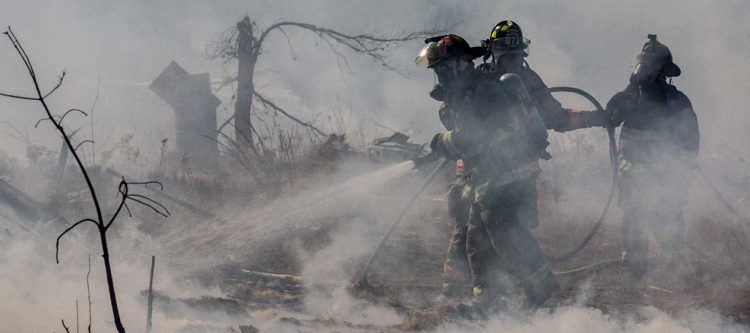
This year has been one of the worst on record for wildfire response operations and crews around the globe. It started in Australia at the very beginning of the year, with brushfires that were so devastating and destructive that they were headline news on every continent, burnt approximately 46 million acres, destroyed almost 6,000 buildings, and killed more than 30 people.
Over the course of the last few months, the United States has experienced similar destruction. The entire Pacific Northwest, including parts of California, Oregon and Washington State, have experienced numerous wildfires. In California alone, wildfires have accounted for four million acres burnt, 31 fatalities, and the destruction of almost 9,000 buildings and structures. In fact, five of the twenty largest fires in California’s history have happened in 2020.
The firefighters and emergency responders that battle these blazes are in a race against time, trying to contain fires to save property and lives. But the job isn’t just stressful, it’s incredibly dangerous. According to the U. S. Fire Administration, there have been 68 firefighter deaths this year. Granted, not all of those deaths were a result of wildfire response, but the most recent numbers available from the National Interagency Fire Center from 2017, show that 14 firefighters were killed by wildfires that year.
Ultimately, the unpredictability and ferocity of these fires make wildfire response particularly dangerous. Which explains why, according to NIFC data from the past three decades, entrapment and burnover are still a leading cause of death on the fireline.
We see many examples of fast, unpredictable movements and changes in wildfires that have resulted in the death of firefighters. In 1994, the South Canyon Fire in Colorado killed 14 firefighters as a result of a growing spot fire. In 2013, strong winds overran 19 hotshots in Yarnell Hill, Arizona. All 19 firefighters died because command was unable to locate them. But situations like this don’t have to occur. We may not be able to prevent these tragic deaths altogether, but we can lower the risk with better communications.
More situational awareness increases firefighter safety
To help reduce the risk posed by wildfire response, it’s essential that everyone remains connected and can easily identify the location of all firefighters in the area. To accomplish this, the ideal communications system — or what some refer to as the “Holy Grail” — would allow crews to track the locations of every individual firefighter, engine, and aircraft. It would also show their locations on the same screen as the location of the fire. Finally, it should give users the ability to quickly and efficiently message each other, even if voice radio communications are denied.
A system like this could give firefighters awareness of exactly where the fire is burning. It also shows senior leaders and commanders where their crews are in relation to the fire so that they can direct them to safety, if necessary. Luckily, the proliferation of smart devices among first responders and firefighters could turn this fictional “Holy Grail” into a reality. And that solution is already on display in places like Colorado.
The Colorado Center of Excellence for Advanced Aerial Technology Firefighting brings together ruggedized smartphones, the ATAK application, and paired goTenna Pro X mobile mesh networking radio devices to create an off-grid situational awareness and communications system for wildland fire response. This solution gives commanders the ability to see their firefighters’ locations on a map, see where those locations are in relation to the fire, and even communicate with them via text — even when terrestrial mobile and radio infrastructure is denied or compromised. Here’s a clip of this setup in action:
Making mesh networks work for wildfires
It’s clear that a communications system like Colorado’s could increase safety and accountability for wildland firefighters. However, as we all know, any communications system is never as simple as charging up and pressing the power button. In order to scale mesh networking-enabled smartphone technology across large fire incidents, there are four key pieces agencies need to consider.
- Device Durability
Even in 2020, it’s not a given that every individual firefighter has a smartphone on them in the field. And, despite the benefits, some firefighters and fire departments discourage their use — often out of concerns about device usability in the heat and other hands-on conditions in the field. And this need for durability extends beyond the smartphones to the accessories that are used with them.
In order to make widespread adoption of smartphones and tablets a reality, fire agencies will need to consider either investing in ruggedized gear and accessories that stand up to the heat.
- App Integration
ATAK is only one piece of the larger software ecosystem for wildland fire incident management and communications. Before a deployment, an agency may want to prepare mission plans using a predictive modeling tool. And once on scene, a local 911 dispatch center may need an easy way to route calls to responders in the wildland urban interface. Even ATAK itself is built with a flexible architecture, which allows for third-party plugins for everything ranging from drone video feeds and elevation maps to off-grid location tracking and messaging.
No matter which mix of software apps an agency and their partner organizations use, command still needs access to a single, common operating picture. A large-scale deployment of ATAK or any other incident management software will certainly entail understanding the full software ecosystem and incorporating the necessary integrations between various platforms into emergency communications plans and training exercises.
- Agency Interoperability
Software isn’t the only roadblock keeping disparate crews and partner agencies from communicating. Ahead of any major incident, responding organizations rely on pre-established radio frequency allocations to ensure National Guard, mutual aid, volunteers, and other local public safety agencies are interoperable as soon as they arrive on scene. However, in an off-grid mesh networking communications system, these same radio frequencies could now be used to transmit mobile app data wirelessly — which creates challenges for existing allocations.
A large-scale deployment of voice radios and mobile apps in the field will require revisiting statewide interoperability channels to ensure those same frequencies can be used to transmit situational awareness data, like GPS locations, maps, and text messages.
- Network Redundancy
During a wildfire response, there is the very real possibility that cell and radio towers could be burned or out of range. Mobile mesh networks are already providing a redundant communications alternative for individual crews in these circumstances, but the scale and range of these networks are limited.
Agencies need to consider ways to make mobile mesh networks a more permanent backup to voice radio, cellular, and even satellite communications networks. Preparing for a likely network outage or failure could mean standing up semi-fixed relay nodes with a backup power source in areas prone to connectivity loss, or even dual-purposing existing aircraft and drones as high-altitude relays in the sky. Strategically placing these kinds of relay solutions in advance would prevent agencies from scrambling to establish long-range, off-grid communications when fires start — or conditions worsen.
Wildfire seasons are growing longer, more destructive, and more deadly every year. But by improving situational awareness and communications, we can reduce the risk to firefighters. Together, tools like ATAK — coupled with smartphones and mobile mesh networking — can assure communications, increase situational awareness, and even save lives.


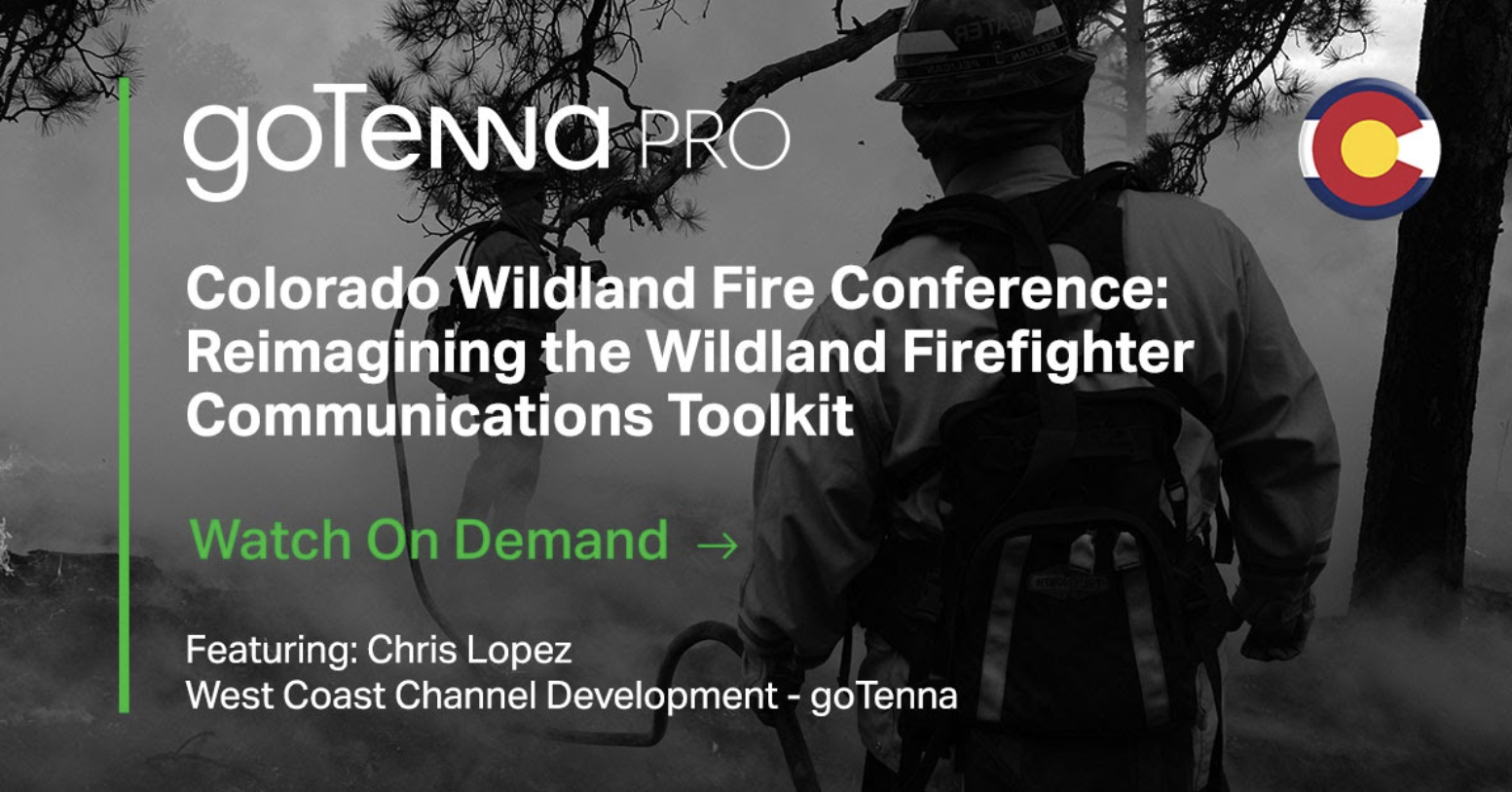
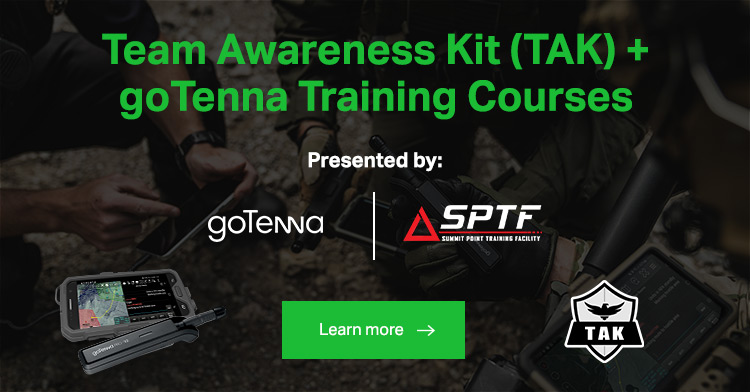
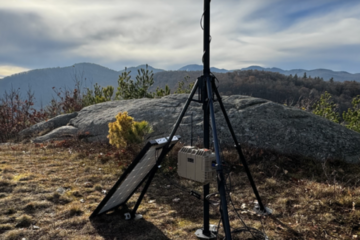
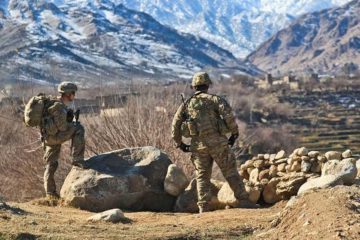
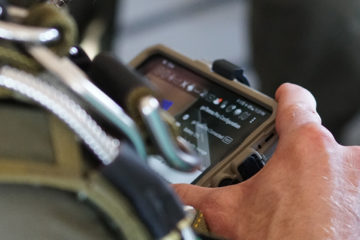


No Comment